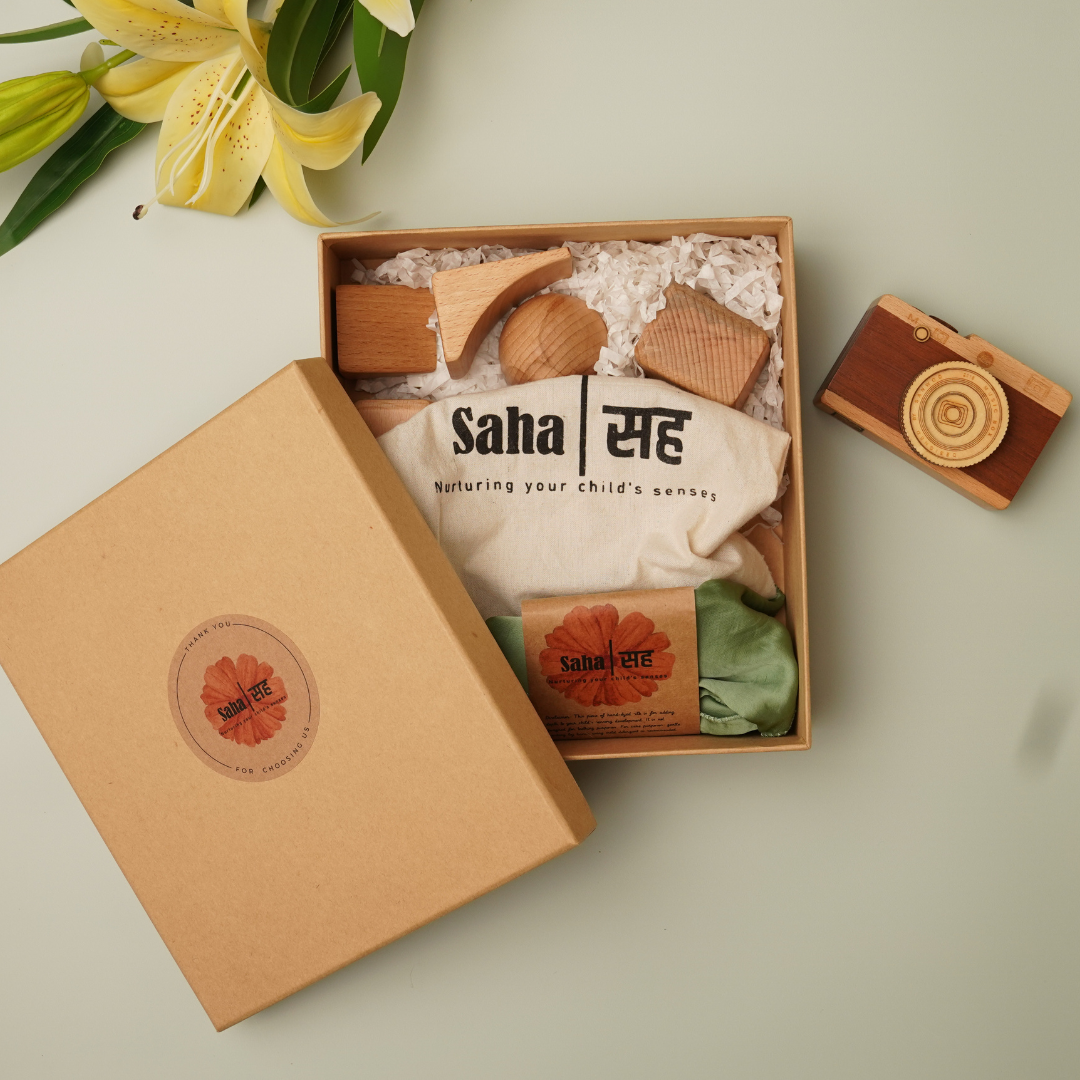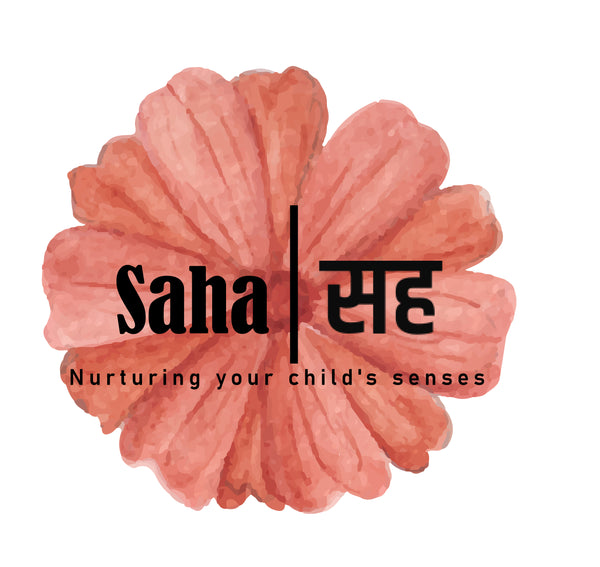
Discovering the Waldorf Treasure Box: An Inspiration to our Treasure Troves
Share
In the realm of education, few approaches are as enchanting and holistic as the Waldorf Education System. At the heart of this philosophy lies the concept of the treasure box—a special container filled with natural items that captivate the senses and nourish the imagination of children. This simple yet profound tool embodies the Waldorf commitment to fostering a deep connection between children and the natural world, encouraging exploration, creativity, and personal reflection.
Needless to say that our Treasure Trove Collection is profoundly inspired by this concept, where we curate a special box containing natural, open-ended, play materials for the purest of consciousness that a child is.
So, let's go a little deeper into the concept of Treasure Box.
Key Characteristics of a Waldorf Treasure Box
1. Natural Materials
The treasure box is a curated collection of objects sourced from nature, including pinecones, seashells, stones, feathers, and pieces of wood. Each item is chosen for its tactile and visual appeal, inviting children to touch, observe, and engage with the natural world. These materials not only stimulate sensory experiences but also serve as a bridge to understanding the environment and its cycles.
2. Seasonal Items
One of the most delightful aspects of the treasure box is its seasonal evolution. Reflecting the rhythms of nature, the contents change throughout the year. In autumn, children might discover acorns, colorful leaves, and dried flowers, while winter could bring pine needles, dried orange slices, and small crystals. This seasonal variation enhances children’s awareness of time and the beauty inherent in each phase of nature.
3. Open-Ended Play
The treasure box is designed to inspire open-ended play, allowing children to use their imagination freely. With no specific instructions or outcomes, children can create stories, build structures, or simply explore the textures and forms of the items. This type of play is essential in Waldorf education, which prioritizes creativity and self-expression over structured learning.
4. Personal Meaning
In addition to natural treasures, the box can include items of personal significance to the child, such as a beloved small toy, a special stone found on a family walk, or a handmade object. These items evoke memories and foster a sense of continuity, nurturing the child’s inner life and emotional well-being.
5. Quiet Reflection
The treasure box also serves as a space for quiet, contemplative play. It encourages solitary exploration and reflection, providing a peaceful alternative to the overstimulation often associated with modern toys and media. This quiet time allows children to engage deeply with their thoughts and feelings, promoting mindfulness and self-awareness.
Purpose in Waldorf Education
The treasure box is more than just a collection of items; it embodies the Waldorf philosophy of nurturing a child’s senses, imagination, and connection to the natural world. By engaging with the treasure box, children develop a profound appreciation for the beauty and simplicity of nature. This engagement fosters creativity, sensory development, and emotional well-being, all of which are essential components of a holistic educational experience.
Conclusion
In summary, a Waldorf treasure box is a thoughtfully curated collection of natural and meaningful objects that serves as a powerful tool for imaginative play, sensory exploration, and connection to nature. By embracing the principles of the Waldorf Education System, the treasure box invites children to embark on a journey of discovery, creativity, and personal growth—one treasure at a time. Whether in a classroom or at home, introducing a treasure box can enrich a child's educational experience, providing endless opportunities for exploration and connection with the world around them.
